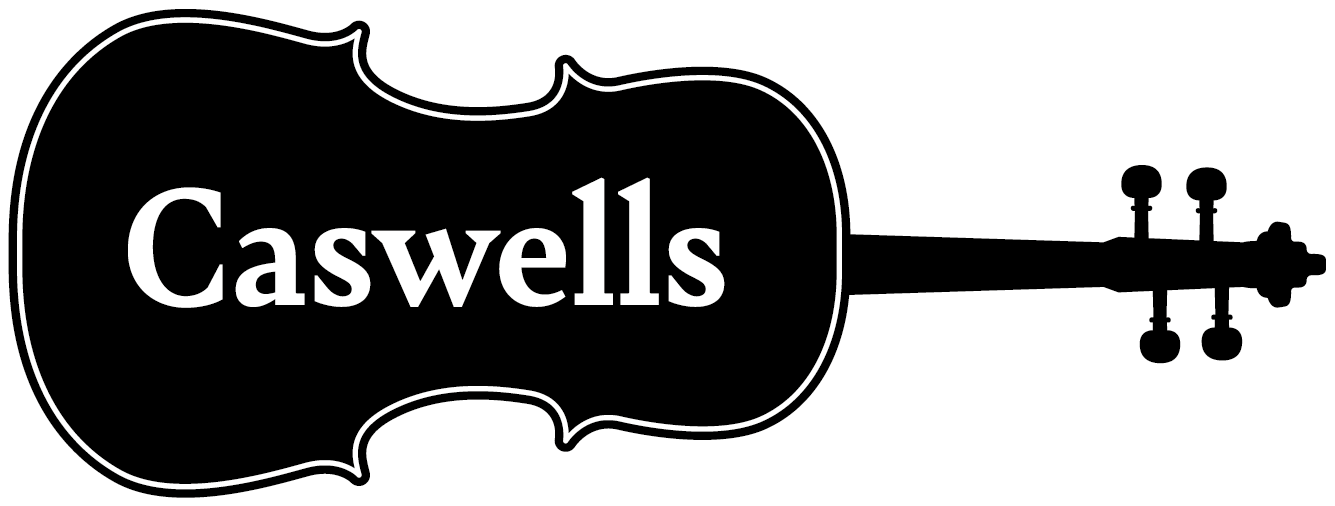My Violin/Viola has a ‘Buzz’
So, your violin new or old, has developed a buzz?
From the start let’s distinguish between a buzz or rattle that you can fix yourself, and one which requires attention from your violin shop. Listed following are the steps you can take to fix the problem – but if these don’t work then it’s time for a trip to your friendly luthier.
- Check your mute. Most of the Tourte-type mutes are pulled back from the bridge when not in use, and these often rattle. The answer is to remove it when not needed or to fit the Bech type mute which anchors to the tailpiece with a magnet.
- Check your Soundpost. This may seem elementary but how often have we observed this problem, which can be dangerous to the instrument if left under tension. The Soundpost should sit firmly a brief distance behind the bridge and approximately under the treble string. If it has dislodged, slacken off the strings immediately and get the instrument to the violin shop
- Check your strings. Any strings that are old, or unravelling should be replaced quickly, and probably the whole set if they have been around for any length of time. Also check the E string which often has a tiny plastic tube fitted where it runs over the bridge – this can cause problems if it is running loose
- Is your shoulder rest getting tired? Check for screws or worn feet and replace if necessary. Even the best shoulder rests get old and worn, and best upgraded with the newest models. Spares are available for the older brands such as Kun or Wolf.
- Chinrests can rattle. Check these and tighten up the clamp using the chinrest key – being careful not to scratch the instrument. Check also the tailgut, as modern screw and nylon type tailons can come adrift.
- A fine tuner or string adjuster, if turned down to its limit will not only rattle but also potentially scratch the instruments’ belly – a deep unsightly scratch. The tiny nut that holds the tuner down should be checked and tightened. It you tend to use your fine tuners a lot, consider the brilliant new titanium smooth motion tuners which are elegant and rattle free
So that’s about that which you can do yourself. If the buzz still persists especially on the open strings, then there is something more serious going on. In the workshop, we would check for a bass bar that is loose, purfling coming adrift, ribs parting company or the fingerboard lifting. All these need careful attention and the skill of a luthier.



